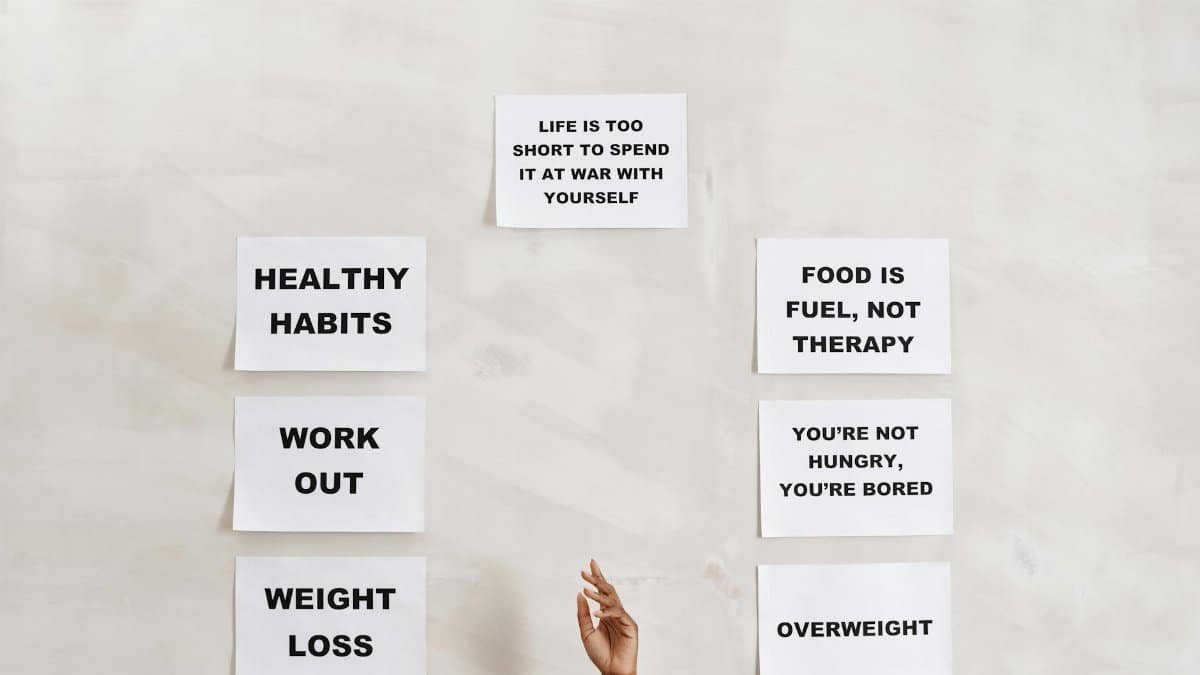In a world where nearly 70 percent of Americans report feeling overwhelmed by daily stress, according to a 2023 survey from the American Psychological Association, the search for inner peace has never been more urgent. This statistic, drawn from a comprehensive study on stress in America, highlights a growing recognition that simple, intentional practices can make a difference. Enter mindful habits—small, deliberate actions that ground us amid the frenzy. These aren’t fleeting trends but proven strategies rooted in mindfulness traditions, adapted for modern life. As we navigate the uncertainties of 2025, incorporating such habits could be the key to reclaiming calm. From breathing techniques to daily reflections, they offer a pathway to peace without requiring drastic life changes. But what makes them effective, and how can they truly calm the chaos?
Habit 1: Deep Breathing to Anchor the Moment

Imagine a bustling New York City subway during rush hour, where the air hums with urgency and elbows jostle for space. Amid this, one commuter closes her eyes, inhales slowly for four counts, holds, then exhales. This isn’t escapism; it’s a mindful habit in action, specifically deep breathing, which research shows can lower cortisol levels almost instantly. A study published in the Journal of Clinical Psychology found that just five minutes of controlled breathing reduces anxiety by up to 25 percent.Journal of Clinical Psychology Study.
Why does this work? The breath acts as an anchor, pulling the mind back from spiraling thoughts. In everyday scenarios, like before a tense work meeting, practicing this habit transforms chaos into clarity. It’s not about ignoring problems but facing them with a steadier pulse. Consider how veterans have used similar techniques through programs at the VA, reporting improved sleep and reduced PTSD symptoms. One anonymous account shared in online discussions described it as “turning down the volume on my inner storm,” a sentiment that resonates widely. Yet, the real power lies in consistency; sporadic attempts yield little, while daily integration builds resilience over time.
Starting small helps. Begin with morning routines, pairing breaths with coffee brewing, or use apps for guided sessions. The beauty is its accessibility—no equipment needed, just intention. As habits go, this one calms chaos by reminding us that peace starts from within, one breath at a time.
Habit 2: Gratitude Journaling for Perspective Shifts

What happens when you pause to note three things you’re thankful for each evening? For many, this mindful habit shifts focus from what’s lacking to what’s abundant, fostering a sense of peace. It’s more than feel-good advice; evidence from Harvard Health Publishing supports that regular gratitude practice enhances emotional well-being and even boosts immune function.Harvard Health on Gratitude.
Picture a middle-aged parent in suburban Chicago, juggling career demands and family life. She starts journaling after dinner, scribbling notes about a kind word from a colleague or her child’s laughter. Over weeks, the entries accumulate, revealing patterns of positivity amid routine stresses. This isn’t magic; it’s rewiring the brain toward optimism, as neuroscientists explain through concepts like neuroplasticity. Yet, challenges arise—some days, finding gratitude feels forced, especially during hardships. That’s where the habit’s depth emerges: pushing through builds mental fortitude, turning fleeting appreciation into a steady anchor.
Experts suggest keeping it simple: a notebook by the bed, no more than a few sentences. In 2025, with digital distractions rampant, this analog practice offers a counterbalance, encouraging reflection over scrolling. It’s a quiet rebellion against negativity, proving that peace often hides in the overlooked details of daily life.
Habit 3: Mindful Walking to Connect with Surroundings

Step outside, feel the pavement underfoot, notice the rustle of leaves—this is mindful walking, a habit that turns ordinary strolls into opportunities for peace. Unlike rushed commutes, it invites full presence, engaging senses to quiet mental noise. A report from the National Institutes of Health links such activities to reduced depression symptoms, emphasizing how movement in nature amplifies benefits.NIH on Walking and Mental Health.
In a small town in Oregon, a retiree adopts this after years of sedentary work. He walks the same path daily, but each time notices something new: the way sunlight filters through branches or distant bird calls. This attentiveness disrupts autopilot mode, where worries loop endlessly. It’s not always serene; urban walkers might contend with traffic, yet even then, focusing on breath and steps creates an inner sanctuary. Tensions surface too—impatience when the mind wanders—but returning gently to the present strengthens the practice.
To integrate it, aim for 10 minutes post-lunch, leaving devices behind. As mindful habits evolve in 2025, this one stands out for its simplicity, reminding us that peace doesn’t require isolation; it can bloom amid the world’s rhythm.
Habit 4: Digital Detox Periods for Mental Clarity

Setting aside specific times to unplug from screens might seem counterintuitive in our connected age, but this mindful habit clears mental clutter, paving the way for genuine peace. Pew Research Center data indicates that 85 percent of adults check their phones constantly, contributing to heightened anxiety.Pew Research on Constant Connectivity. By designating no-tech zones, like evenings, people reclaim focus and reduce overwhelm.
Consider a teacher in Atlanta who enforces a 7 p.m. cutoff, swapping scrolling for reading or conversation. Initially, the pull of notifications is strong, but soon, she notices sharper thoughts and deeper sleep. This habit exposes our dependency, highlighting how constant input fuels chaos. It’s not about demonizing technology but balancing it; short detoxes recharge rather than isolate. Online, anonymous shares often describe the relief: “It was like lifting a fog I didn’t know was there.”
Implementation varies—start with meals unplugged or weekend mornings. In exploring mindful habits, this one underscores intentionality, showing that peace emerges when we control what enters our minds, not the other way around.
Habit 5: Compassionate Self-Talk to Foster Inner Kindness

Replacing harsh inner criticism with gentle encouragement is a profound mindful habit, one that cultivates self-compassion and, ultimately, peace. Drawing from Kristin Neff’s research at the University of Texas, this practice mirrors how we’d comfort a friend, leading to lower stress and higher resilience.Self-Compassion Research Overview.
A narrative from a Boston entrepreneur illustrates: After a failed pitch, instead of berating himself, he whispers, “That was tough, but you’re learning.” This shift eases self-imposed pressure, allowing space for growth. It’s especially vital in 2025, amid economic uncertainties, where self-doubt runs high. Yet, adopting it isn’t seamless; old patterns resist, requiring patience. The habit reveals complexities—acknowledging pain without wallowing, balancing kindness with accountability.
Begin by noticing negative thoughts and reframing them during quiet moments, perhaps while commuting. Through such practices, mindful habits like this one transform inner turmoil into a supportive dialogue, proving that true peace starts with how we speak to ourselves.
As these five habits demonstrate, weaving mindfulness into daily life isn’t about perfection but persistence. They offer tools to navigate chaos, drawing on timeless wisdom updated for today’s pace. In embracing them, readers might find not just calm, but a deeper, more sustainable peace.
